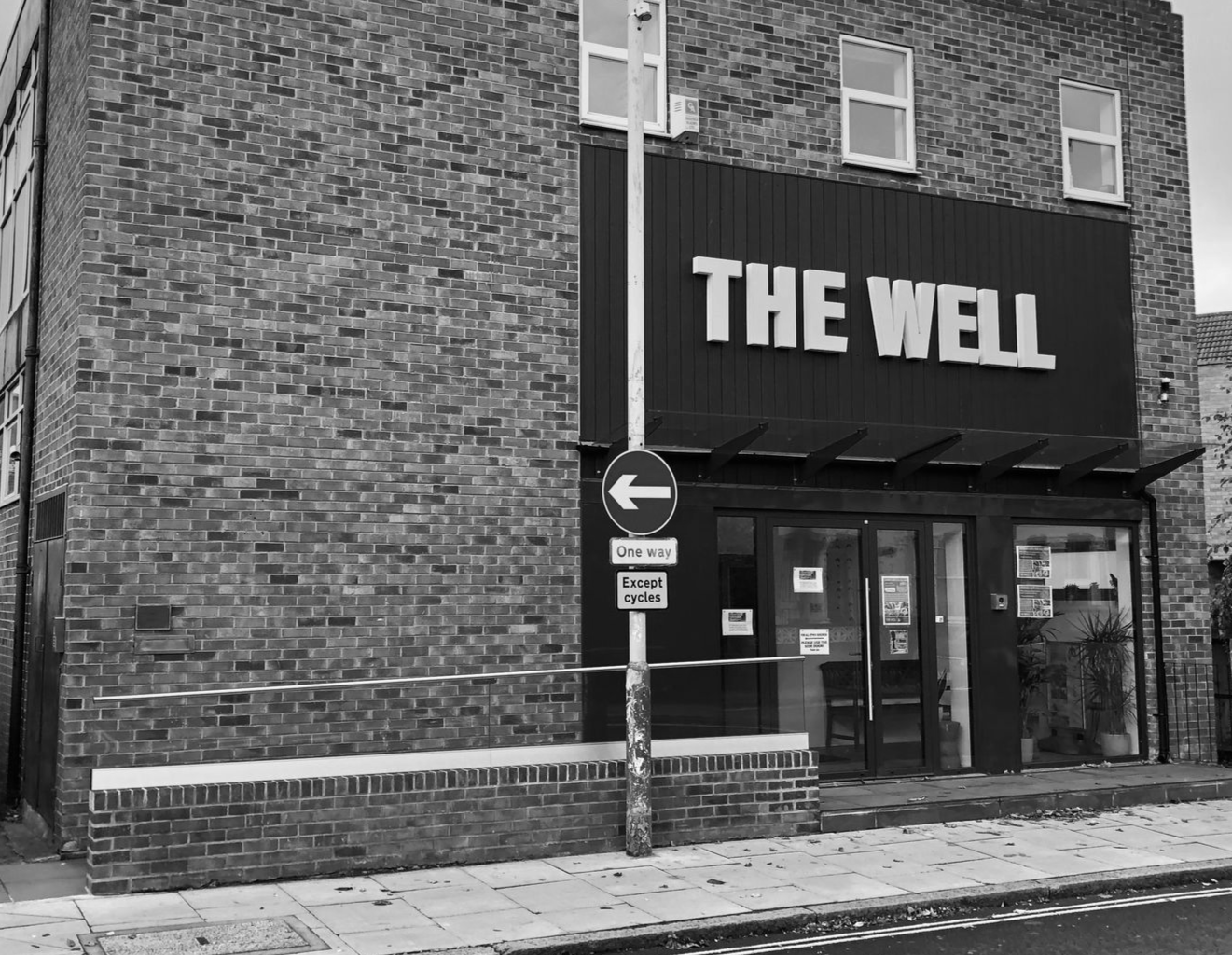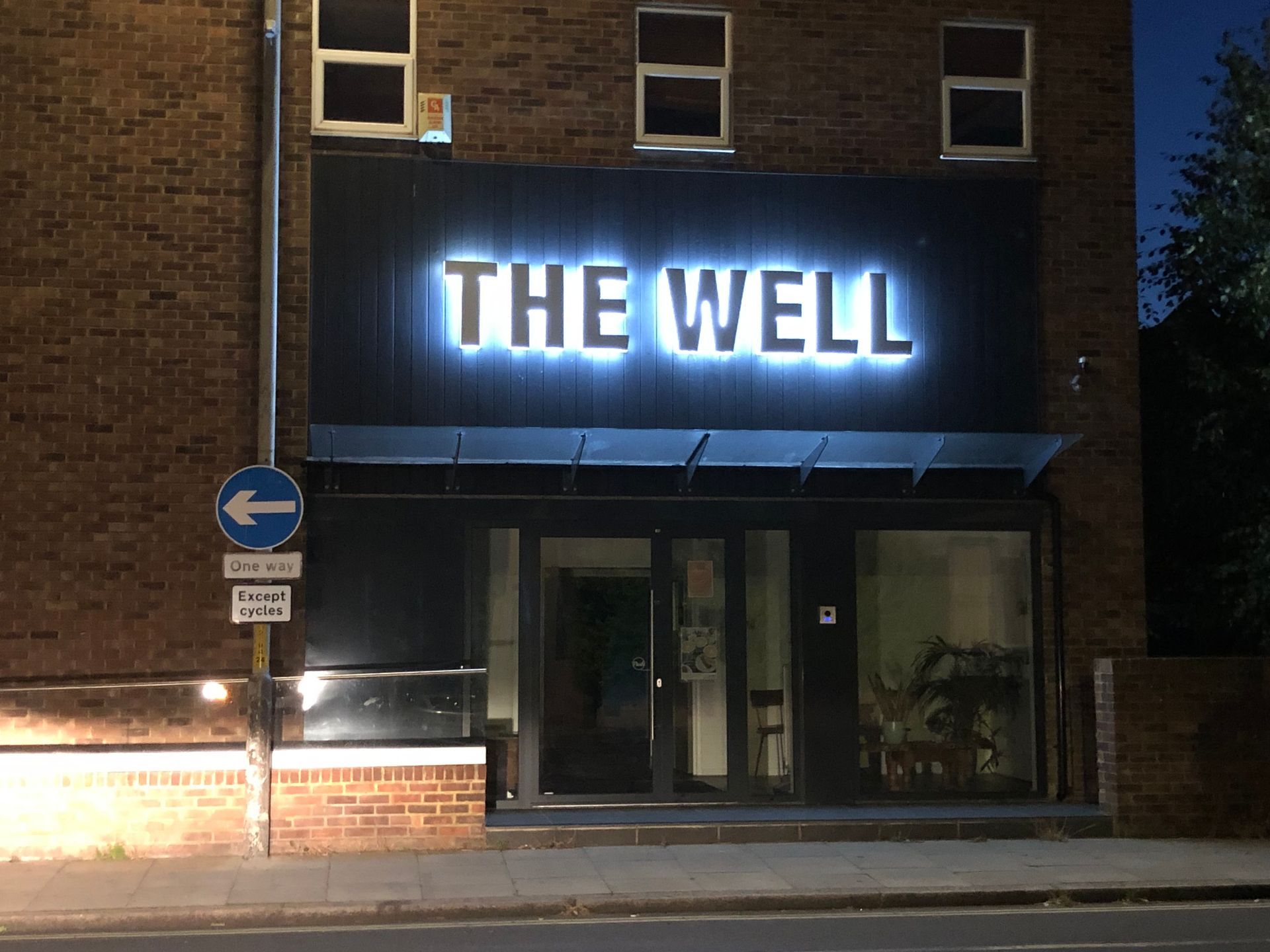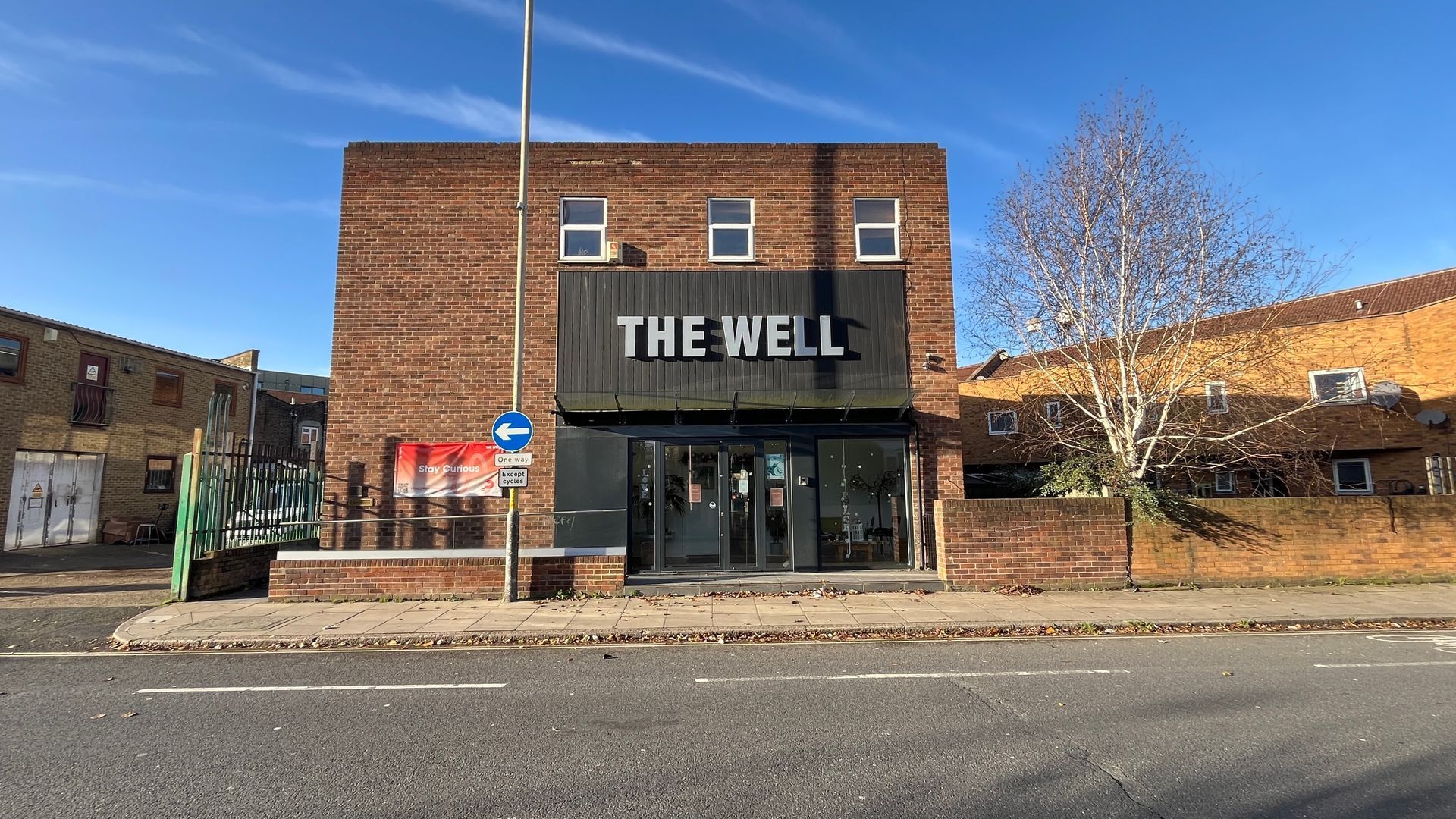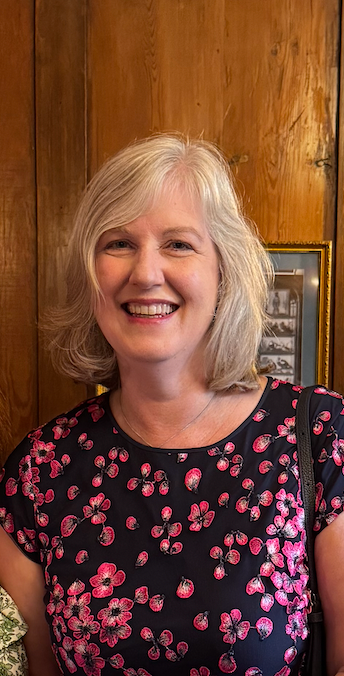Transform your space - The power of art and signage to elevate your premises
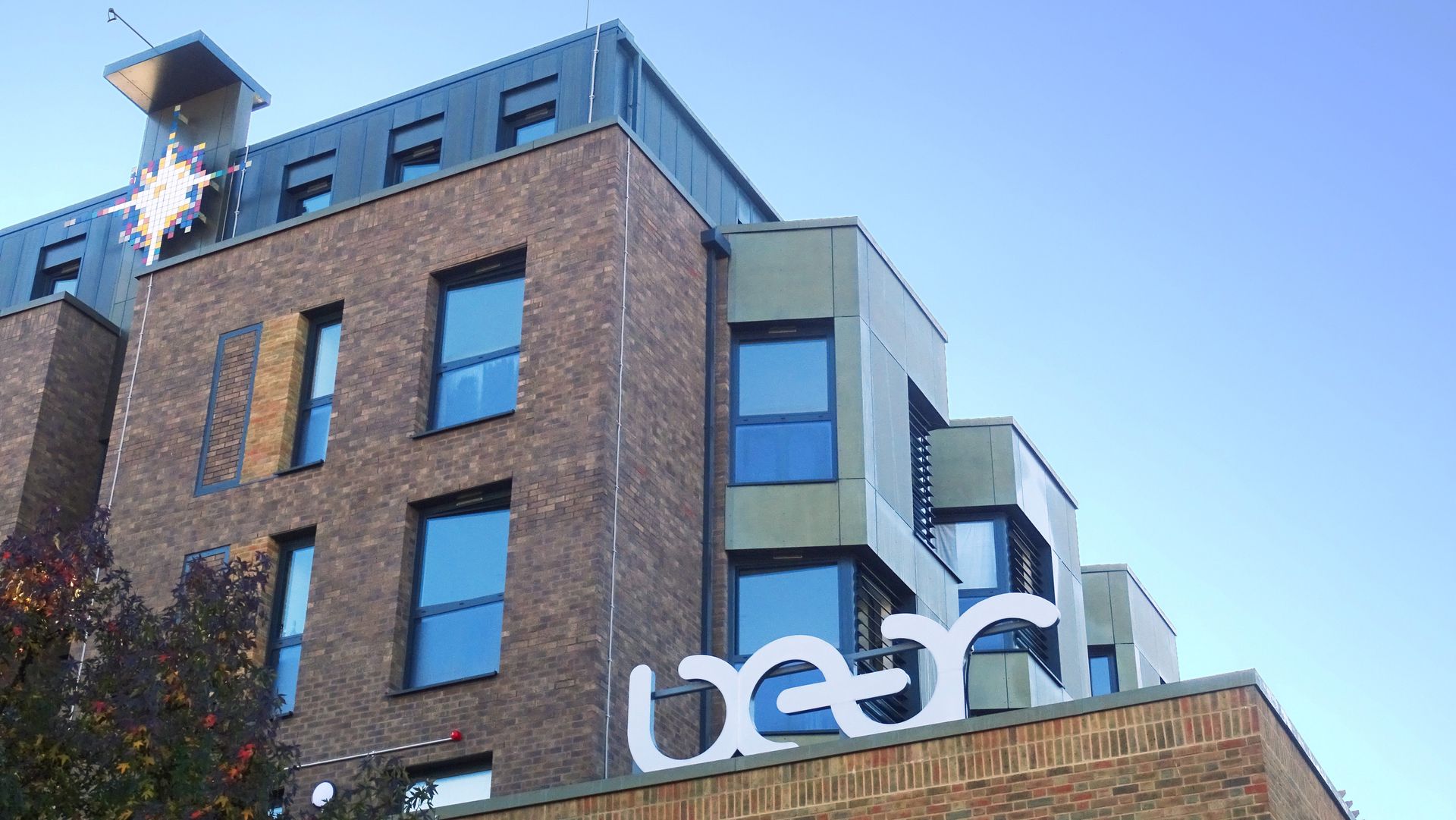
Have you ever walked past a building and felt an instant connection?
Architecture isn't just about buildings—it's about crafting spaces that inspire, connect, and welcome. It has the unique ability to make people feel at ease, encourage engagement and a sense of belonging.
However, too often, buildings can seem intimidating or unapproachable. This is where the integration of art and signage can play a pivotal role in reshaping how we experience architecture.
Take, for instance, The Well Church in Camberwell, a prime example of how architectural design, art, and signage can change the public perception of a space.
Before its renovation, the church was hidden behind blue metal doors that sat elevated above the footpath, with no hint at what lay inside. This lack of transparency, coupled with poor signage, made the church distant and overlooked by the local community.
Many didn’t even realise it was a place of worship.
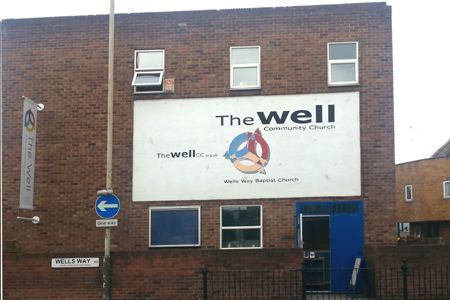
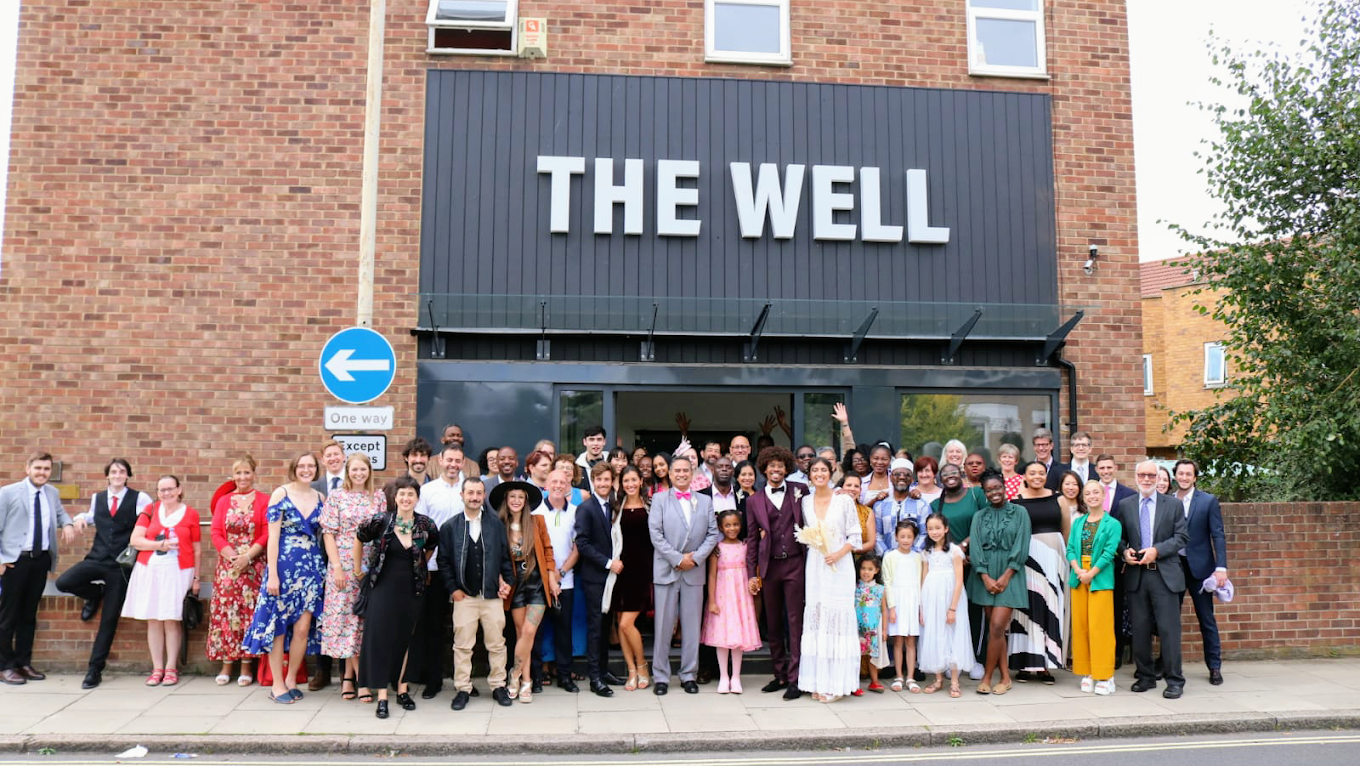
Integrating art and creative signage elevates buildings beyond their functional purpose, allowing them to connect with the public on a deeper level, enhancing their visual appeal and evoking emotions, making them meaningful places that the public can personally identify with.
In redesigning The Well church's entrance, we used the existing architecture to create a bold statement. A large panel of charred timber, with the illuminated words "The Well" in striking, contemporary typography, transformed the entrance. The signage became more than a marker—it became an integral part of the architectural fabric, standing out as a beacon that invited curiosity and engagement. What was once a closed-off structure became a welcoming, easily recognisable landmark.
“When designing physical spaces, we are also designing or implicitly specifying distinct experiences, emotions and mental states.
In fact, as architects, we are operating in the human brain and nervous system as much as in the world of matter and physical construction.”
Juhani Pallasmaa in “The Architecture of Empathy”.
Engaging the Public Through Art and Signage
At The Well Church, the design changes focused on transparency and openness, both physically and metaphorically. Wide glazed doors and large openings at the entrance allowed natural light to flood the interior while offering a glimpse into the space beyond. This openness created an inviting atmosphere, while a new ramp and glazed canopy ensured accessibility for all, including wheelchair users and those with pushchairs.
The result? A building that is no longer hidden, but recognised and embraced by the local community. In fact, it has become a space that residents now actively seek out and engage with.
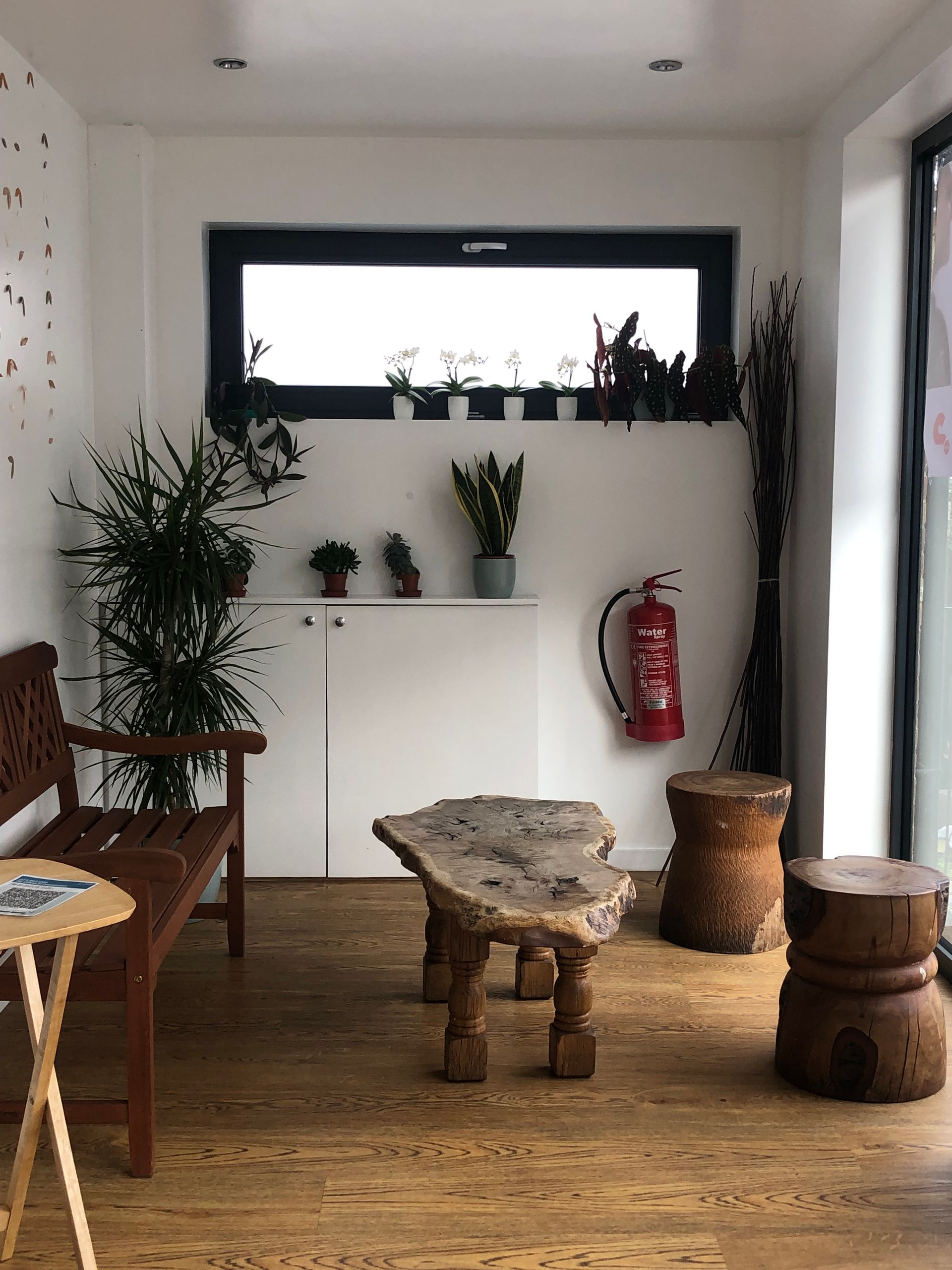
Storytelling Through Design
Art has the unique ability to tell stories that reflect the history, culture, and purpose of a building. A mural on a community centre might celebrate local legends, while a business sign can embody its core values, inviting like-minded patrons. This storytelling ability is particularly meaningful for churches and community centres, which often have rich histories and cultural significance to draw from.
Bear Church’s story began as a non-alcoholic youth bar at a nearby location. It later moved into the Shaftesbury Centre, a building originally constructed as a Ragged School for underprivileged children.
This heritage was reflected in the design elements, including the bear motif at the entrance, which sparked conversations about the building’s past and its connection to the local community. The side entrance to residential apartments, aptly named The Bear Walk, continues the narrative.
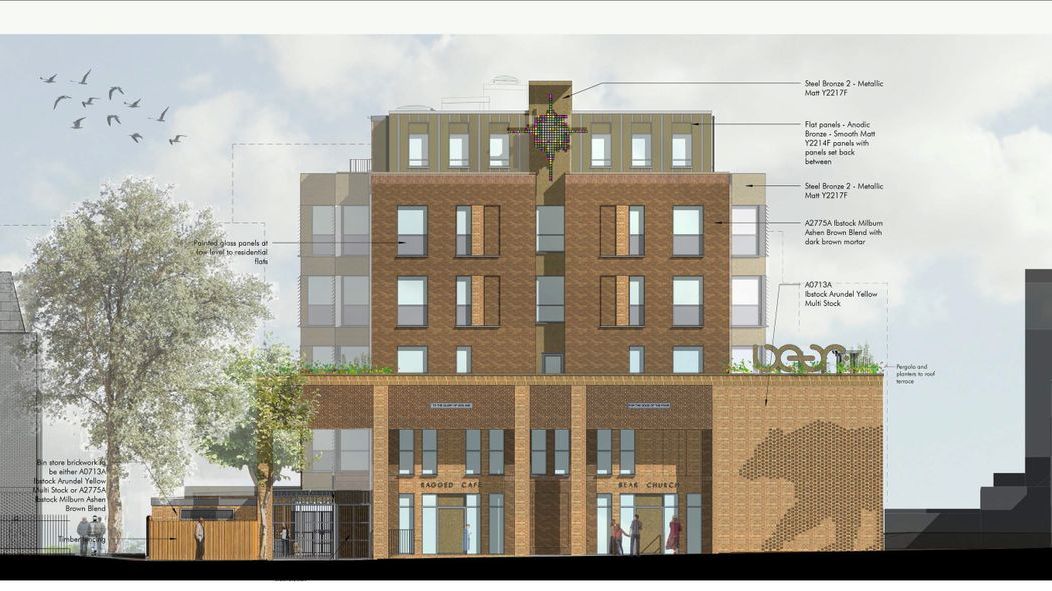
Creating a Sense of Identity Through Signage
Signage serves as a tool for wayfinding and identification. Used imaginatively, it becomes a powerful design feature that adds personality and charm to a neighbourhood, transforming even the simplest building into an iconic landmark. From neon signs to hand-painted graphics and innovative digital displays, the possibilities are endless.
At Bear Church in Deptford, KILO's design used signage in imaginative ways to make the building both visually striking and engaging.
A beautifully crafted church logo was placed at a prominent height, ensuring visibility from a distance: a glowing star on the façade that overlooks the market square references stories of hope and forgiveness, guidance and revelation. It invites the public to connect with the building in a personal and memorable way.
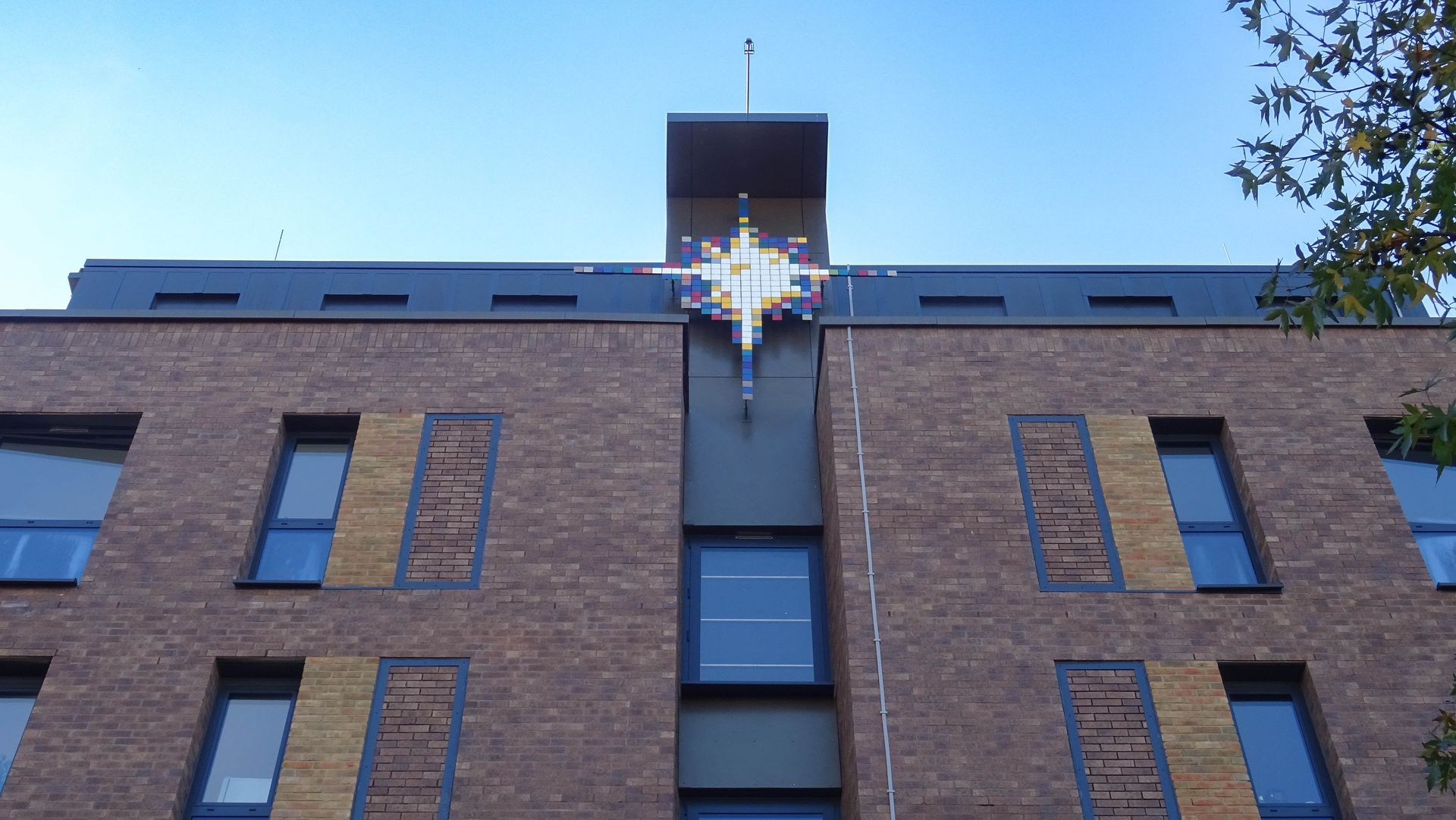
Conclusion: Why Architecture, Art and Signage are Important
At Bear Church, The Well Community Church and Kingsley Hall, the integration of art and signage did more than decorate the building; it facilitated deeper connections between the church and the community, inspired society and the development of shared values for the common good.
Whether through the welcoming glow of illuminated lettering or the playful charm of a bear design, these elements breathe life into buildings and make them more than just places—they make them landmarks that are filled with stories, memories, and connections.
By investing in these elements, we can transform not just our buildings but the very way we interact with our built environment and impact the lives of our communities.
